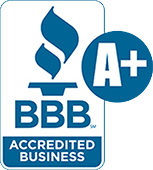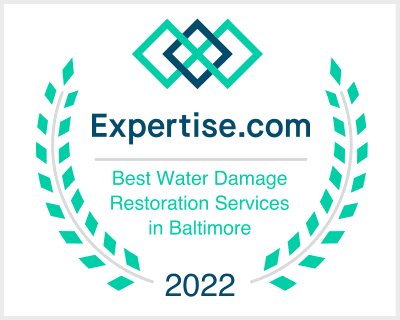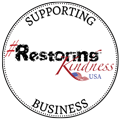The average mitigation cost of water damage in a home can vary widely depending on several factors, including the severity of the damage, the type of water involved, the affected materials, and the location of the property.
Here are some estimated costs for water damage mitigation:
- Minor water damage, such as from a leaking pipe or small appliance malfunction, can cost anywhere from $1,000 to $3,000.
- Moderate water damage, such as from a burst pipe or appliance overflow, can cost between $3,000 to $8,000.
- Severe water damage, such as from a flood or sewage backup, can cost upwards of $10,000 or more.
It is important to note that these are just estimates, and the actual cost of mitigation can vary based on the specific circumstances of your situation. Other factors that can impact the cost of mitigation include the amount of water involved, the type of materials affected, the need for mold remediation, and the cost of any necessary repairs or reconstruction.
Additionally, insurance coverage can impact the cost of mitigation. If the damage is covered by your insurance policy, your out-of-pocket costs may be lower, but you may still be responsible for paying deductibles or any costs that exceed your policy limits.
It is recommended to contact a professional water damage restoration company to assess the damage and provide an accurate estimate for mitigation costs.







